Greet spring by searching for returning wildlife
You can feel it coming: the air is subtly growing warmer, green shoots are poking from the soil, and the sun is sticking around a little longer every evening. Spring is on its way, and we humans aren’t the only animals who can sense the change.
As the spring season arrives, wildlife that has been in hibernation or weathering the cold months in warmer climates starts to return to the Buzzards Bay region. Celebrate the emergence of spring with them by searching out your area’s returning spring wildlife and exploring the habitats they call home.
Osprey

As osprey return from their winter migration to Florida, Mexico, and Central America, you may see them diving claw-first into nearby waters to catch fish. (Image: Henry Zimberlin)
Ospreys spend their winters in warm southern locations like Florida, Mexico, and Central and South America, but they’re one of the first migratory birds to return to the region each spring. As early as March, you may see them scoping out high, flat spots for nesting or re-visiting last year’s perch to prepare for the arrival of eggs!
You can spot osprey along nearly any part of the Buzzards Bay shoreline. Some of our favorites sites for osprey-spotting include Quicksand Pond in Little Compton, Wickets Island in Wareham, and Wild Harbor River in Falmouth, which you can explore from the kayak launch at Quaker Marsh.
Fox kits
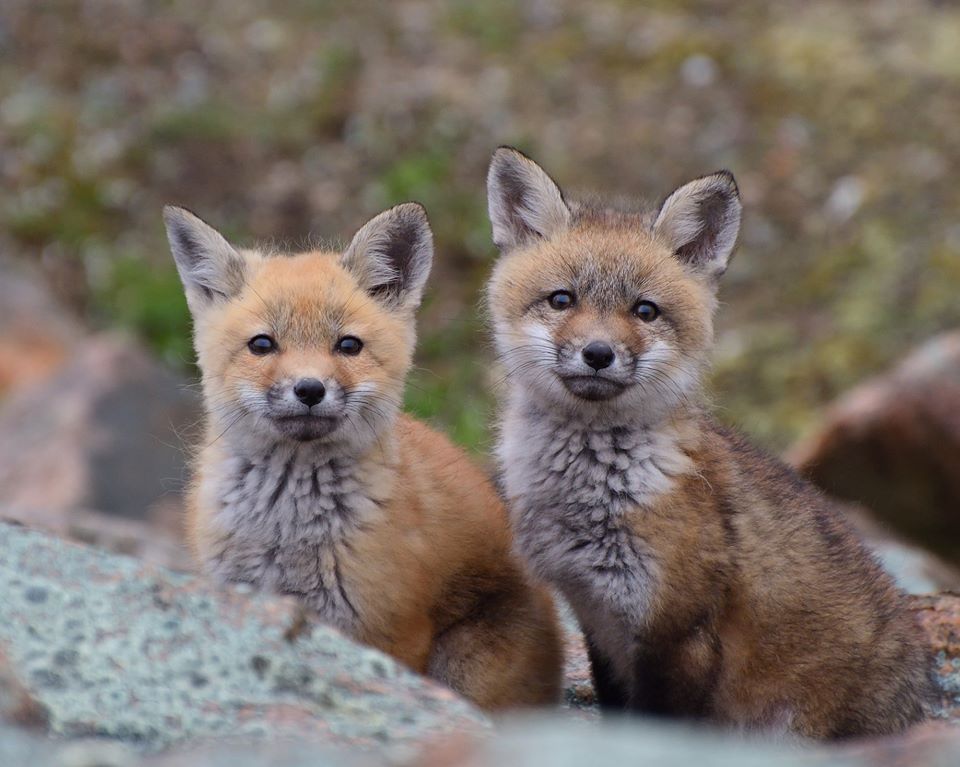
Fox kits are born between March and May, in litters as small as one and as large as 10. This special photo from Fairhaven was submitted to our World Wildlife Day photography contest. (Image: Darrell P. Hancock)
Spring season is baby season! Pretty much all baby animals are adorable, but there’s something special about the curious, playful romping of baby foxes, called “kits.” Foxes are year-round residents of the Buzzards Bay region, but their kits are born between March and May.
You’ll have to be quiet and patient to see these little families; we recommend venturing out in the early morning to spot them. Foxes create small, narrow holes in dirt ledges, riversides, or hollow logs in woodlands and at the edges of bogs and farmland, sometimes using the same den for years in a row.
American woodcock
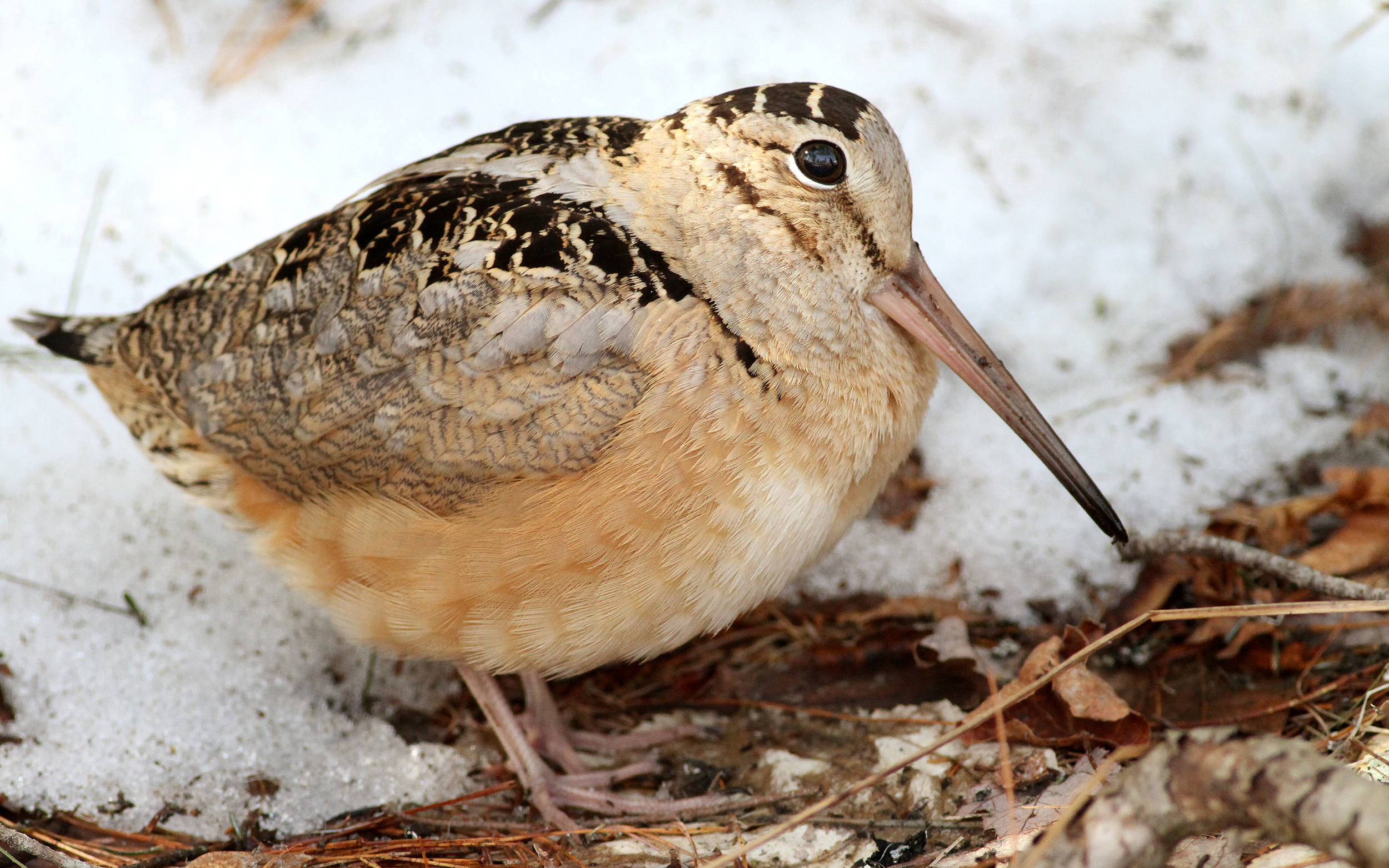
In late February and early March, American woodcock begin their zig-zagging evening mating dances above open fields and on woodland edges. (Image: Fyn Kynd/Flickr)
Sometimes, to find the right partner, you have to put on a show. That’s the philosophy of the American woodcock, a plump shorebird with a long beak and a passion for the dance. On early spring evenings during their mating season, male American woodcock can be seen strutting around open fields and woodland edges, emitting their distinctive “peent” call, before bursting into a zig-zagging, twittering courtship flight.
American woodcock spend the early part of the winter in southern climes, but return for mating season starting in late February and early March. Some good places to find American woodcock include Noquochoke Conservation Area in Westport, Myles Standish State Forest in Carver, and the southern section of the Frances A. Crane Wildlife Management Area in Falmouth.
Spring peepers

Spring peepers are small and can be hard to spot, but you’ll hear them immediately if you’re near a wetland on a spring evening. (Image: Ryan Hodnett/Wikimedia Commons)
On early spring evenings, you’ll immediately know there’s a wetland nearby when you hear the high-pitched chorus of dozens of spring peepers. After hibernating beneath logs or inside tree bark all winter, peepers celebrate winter’s end with these high-pitched calls to seek out their mates. These little frogs with big voices are easier to hear than see, but can be recognized by the darker brown “X” pattern on their tan skin.
You’ll find spring peepers in pretty much any forest with freshwater wetland, but some of our top places to hear them – and find other spring wetland life – include Dunham’s Brook Conservation Area in Westport, Tinkhamtown Woodlands in Mattapoisett, and Westgate Conservation Area in Wareham.
Salamanders
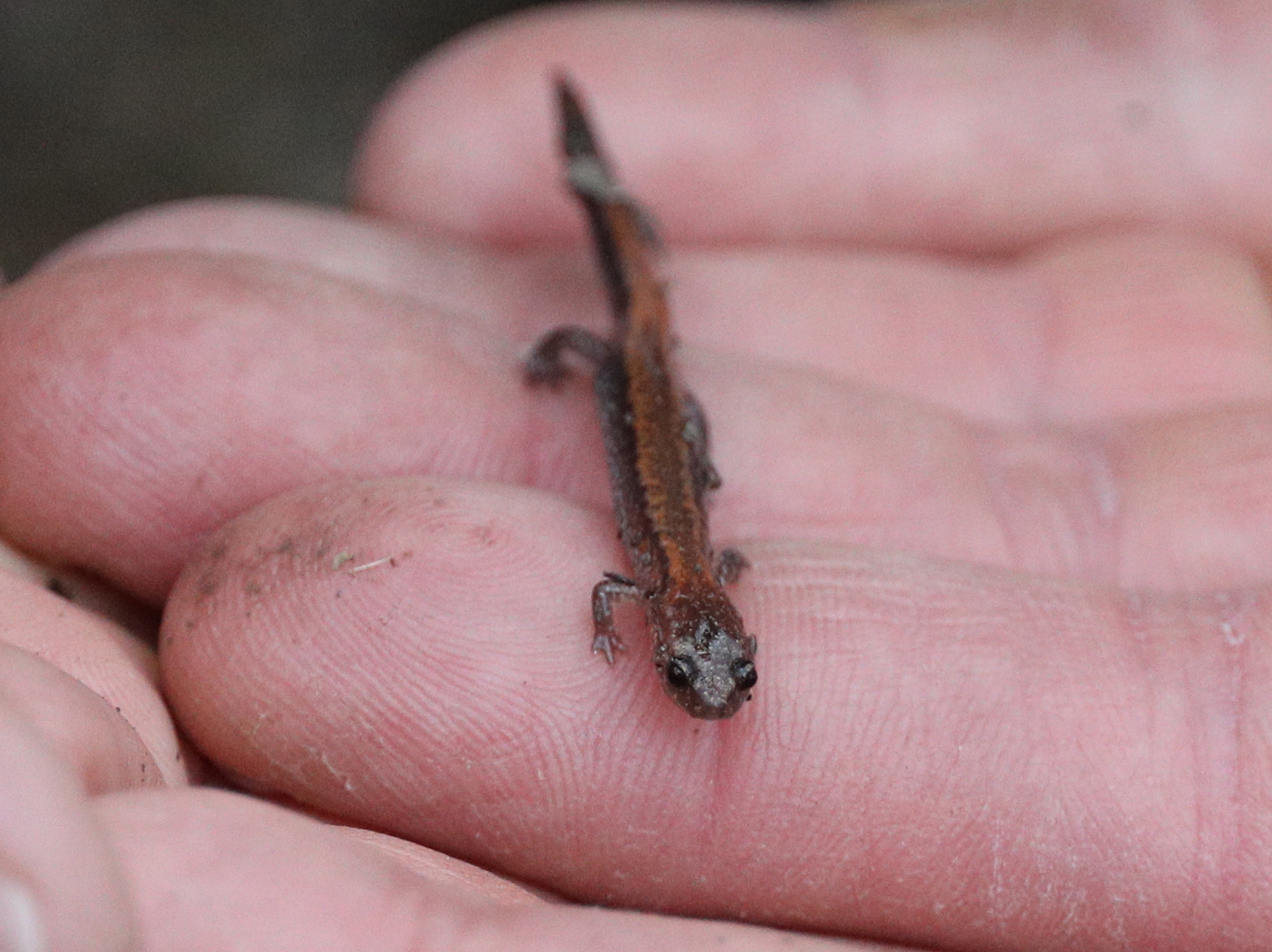
The Eastern red-backed salamander is the most common species of salamander in the northeast. This one was found on the damp forest floor at The Sawmill. (Image: Henry Zimberlin)
Carefully poke through damp leaves on the forest floor during the springtime and you may find something bright and wriggling waiting for you. Salamanders hibernate underground during the winter, but emerge during the spring to lay their eggs on the forest floor or in temporary seasonal ponds called vernal pools. There are 11 different salamander species in Massachusetts that you can look for during your next woodland walk.
You can find salamanders in most woodlands, especially after a spring rainfall or in woods with patches of wetland — some of our favorites are Headwaters Conservation Area in Westport, LeRoy L. Woods School Trail in Fairhaven, or West Chop Woods in Vineyard Haven. Our list of places to explore a vernal pool is another good place to start planning your next salamander-search.
Tree swallows
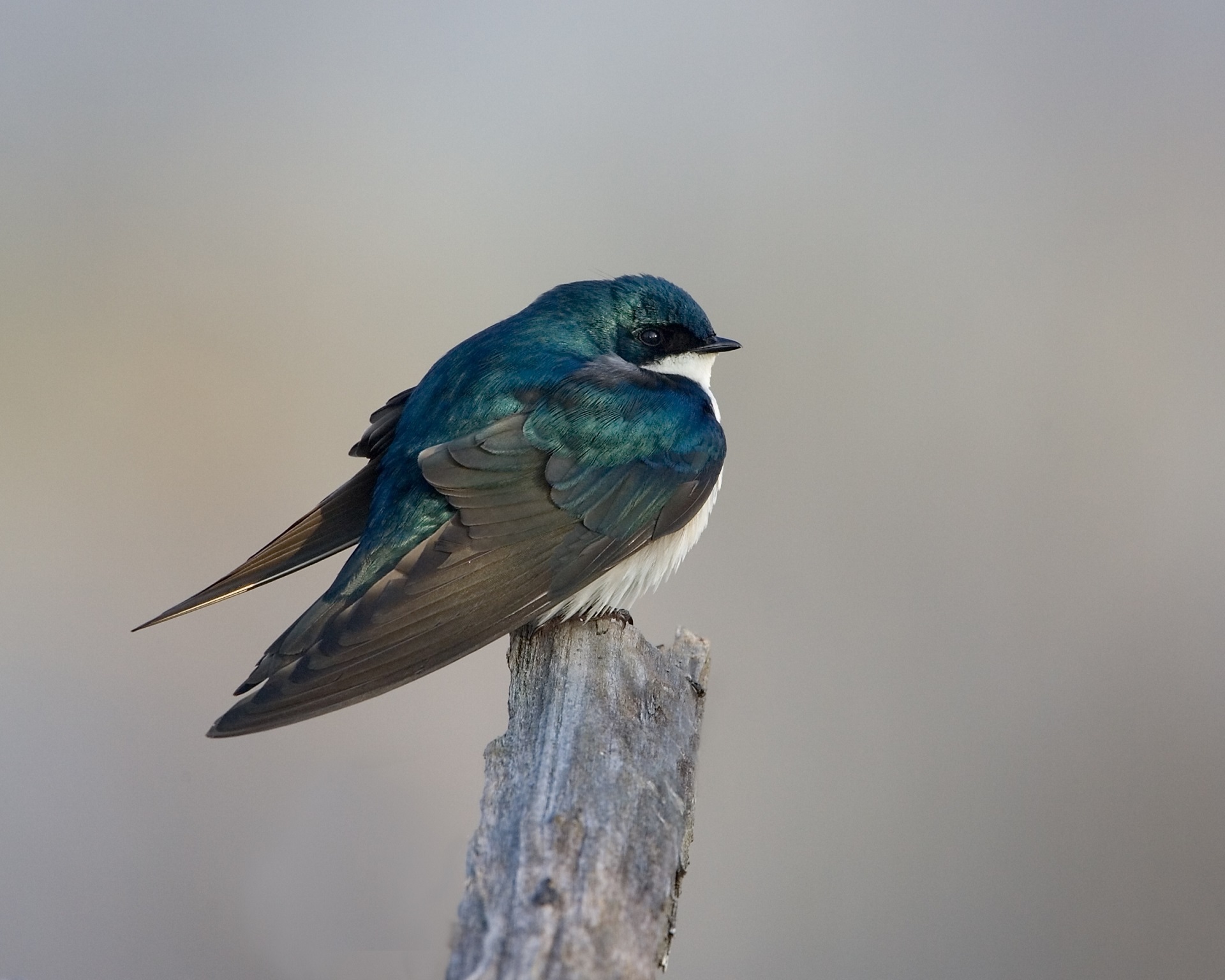
You can attract acrobatic tree swallows to your backyard with nest boxes for them to lay eggs in.
With their acrobatic, swooping flights and stunning deep blue coloring, tree swallows are a welcome sight when they return to the region after wintering in Mexico and Central America. These beautiful little birds nest in holes inside trees, but will also gladly move into the ready-made home of a nest box if you put one up in your backyard.
You can find tree swallows flitting in the open spaces above fields and wetlands, including old farmland. Some places we’ve spotted them include Allens Pond Wildlife Sanctuary in Dartmouth, Tamarack Park in Lakeville, Menemsha Hills on Martha’s Vineyard, and Breivogel Conservation Area in Falmouth.
Eastern phoebe
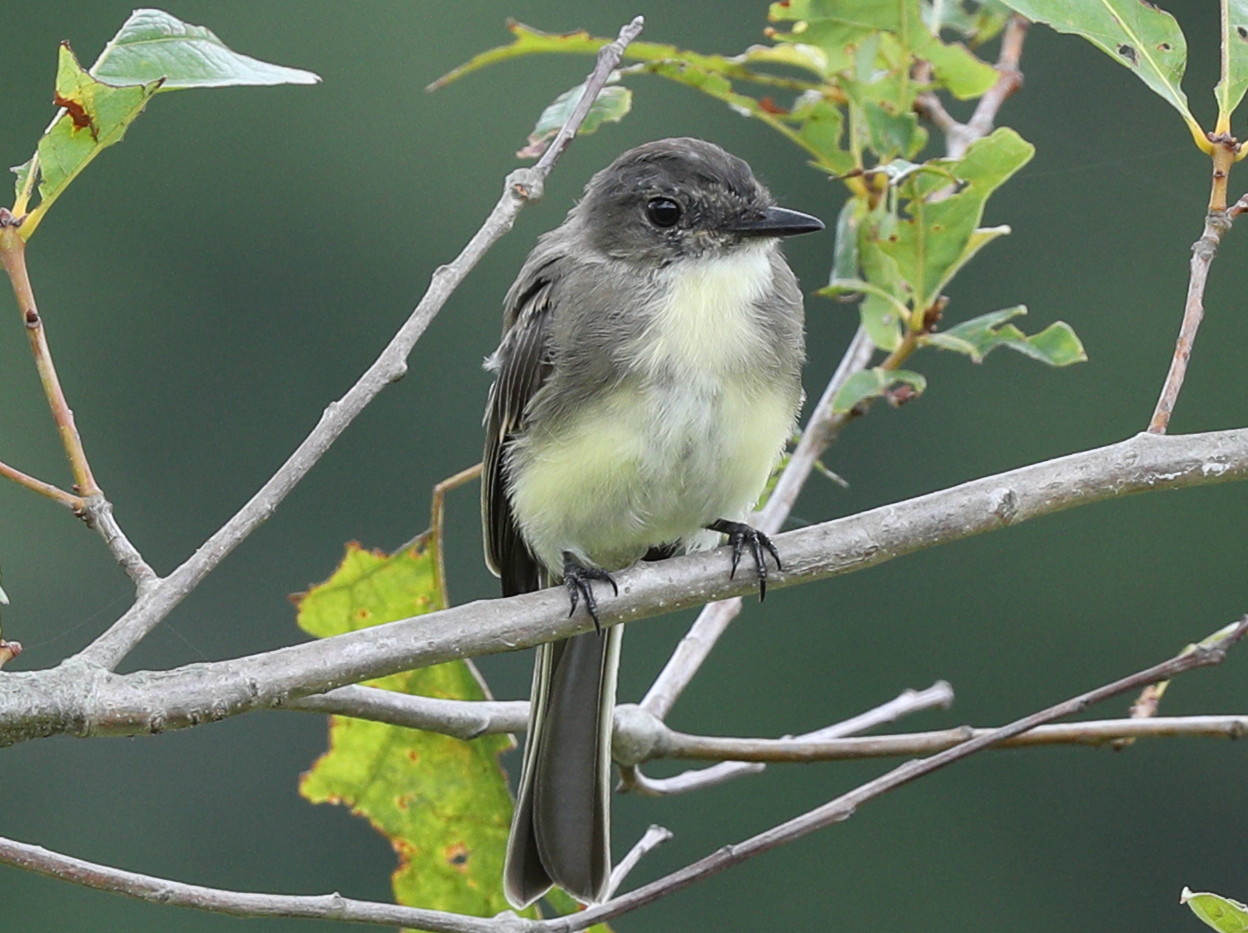
Energetic little Eastern phoebe can be spotted in forests, woodland edges (like this one at The Sawmill), parks, and backyards, and often nest beneath bridges or on the sides of buildings. (Image: Henry Zimberlin)
Have you ever seen a bird wag its tail? You can easily identify the pretty little Eastern Phoebe by how it bobs its tail up and down as it perches. Unlike our canine companions, Eastern Phoebe aren’t showing happiness with these tail wags – in fact, research seems to suggest it’s showing they’ve spotted a potential predator. Another easy identifier is their call, a raspy “fee-bee” that gives this bird its name.
Eastern phoebe spend the winter in the Southeastern U.S. and Eastern Mexico, but are among the first migratory birds to come back to our region in the spring. You’ll find their nests, constructed from mud and grass, in protected nooks around bridges, farms, and in backyards.
River herring
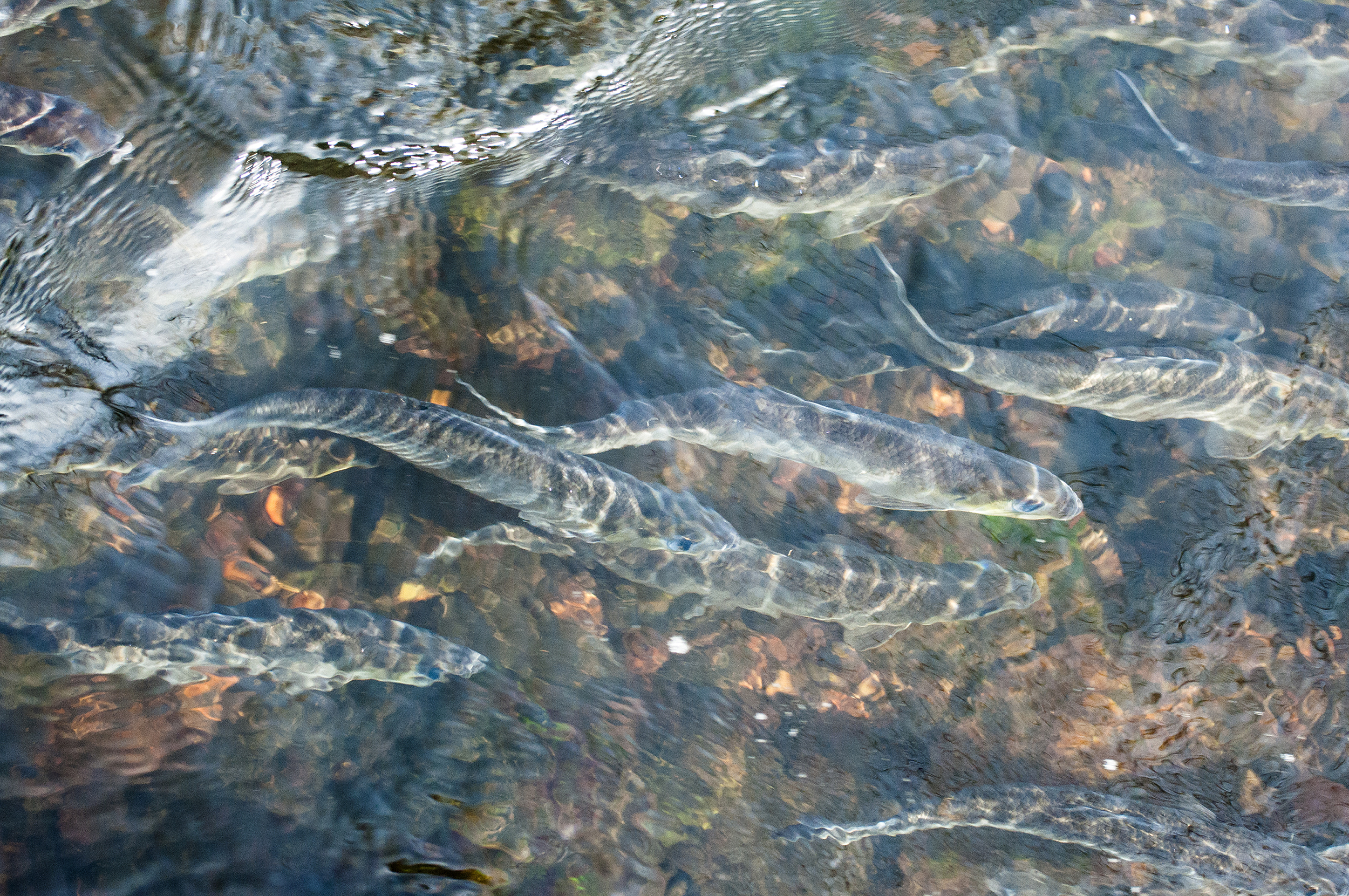
River herring migrate upstream in spring to spawn in our local rivers.
Alewives and blueback herring are two small, silvery fish that are so similar they’re collectively referred to as “river herring.” These fish spend most of their lives in salt water, but every spring, they swim upstream to lay their eggs in fresh water. River herring are an important foundation fish for predators from striped bass to osprey, but their numbers have been significantly reduced thanks to centuries of human impact.
You can look out for these important fish at one of the 10 herring runs around Buzzards Bay.